According to NHTSA, a total of 121,509 Range Rover and Range Rover Sport vehicles manufactured between 2014 and 2017 are at risk of problems with the aluminum joints that connect the front wheels to other critical components such as the brake assembly. These joints can crack, increasing the risk of a serious crash, especially when the vehicle is operating at high speeds.
The recall follows a preliminary investigation from June 2025, which focused on nearly 92,000 Jaguar and Land Rover vehicles suspected of having the same fault. All affected vehicles will be inspected and the faulty parts will be replaced free of charge at dealerships.
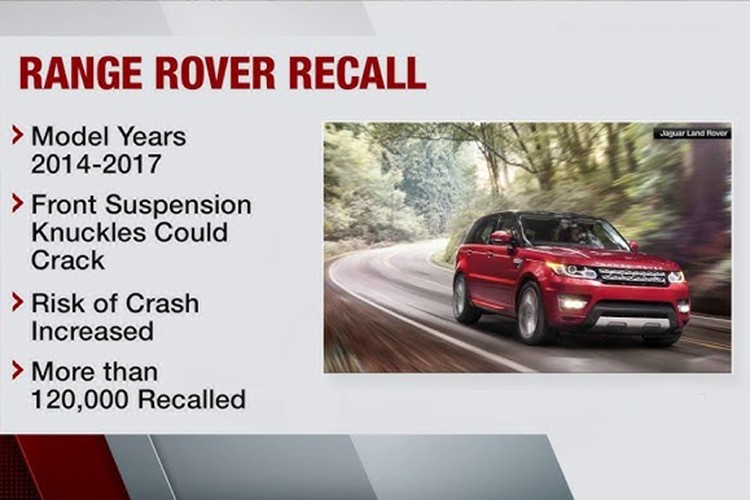
This large-scale recall comes at a time when Jaguar Land Rover is facing many difficulties. Declining sales and the impact of tariffs in the US have directly affected profits.
Parent company Tata Motors recently announced consolidated net profit for the first quarter of fiscal 2026 of about $480 million, down 62.2% from $1.27 billion in the same period last year. JLR's latest quarterly revenue also fell 9.2% to $8.3 billion from $9.1 billion in the same period last year. The main reason was a drop in wholesale output due to the impact of import tariffs and the plan to phase out older Jaguar models.
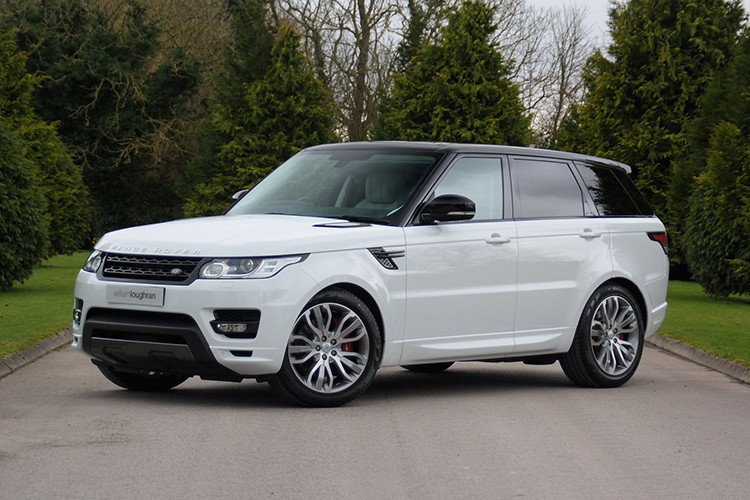
Faced with these changes, Jaguar Land Rover is preparing to enter an important transition period. Mr. PB Balaji will officially take over the position of CEO from November 17, 2025, with the expectation of bringing a new strategy to help the British car company overcome difficulties and regain growth momentum.
While the Land Rover brand continues to focus on selling its flagship Range Rover, Defender and Discovery models, the plan to reshape the entire Jaguar product line has been controversial. The decline in global demand for electric vehicles and a “woke” marketing strategy are said to have caused the Jaguar brand to lose loyal customers.
Source: https://khoahocdoisong.vn/jaguar-land-rover-bi-trieu-hoi-hon-121500-xe-vi-loi-nguy-hiem-post2149046644.html




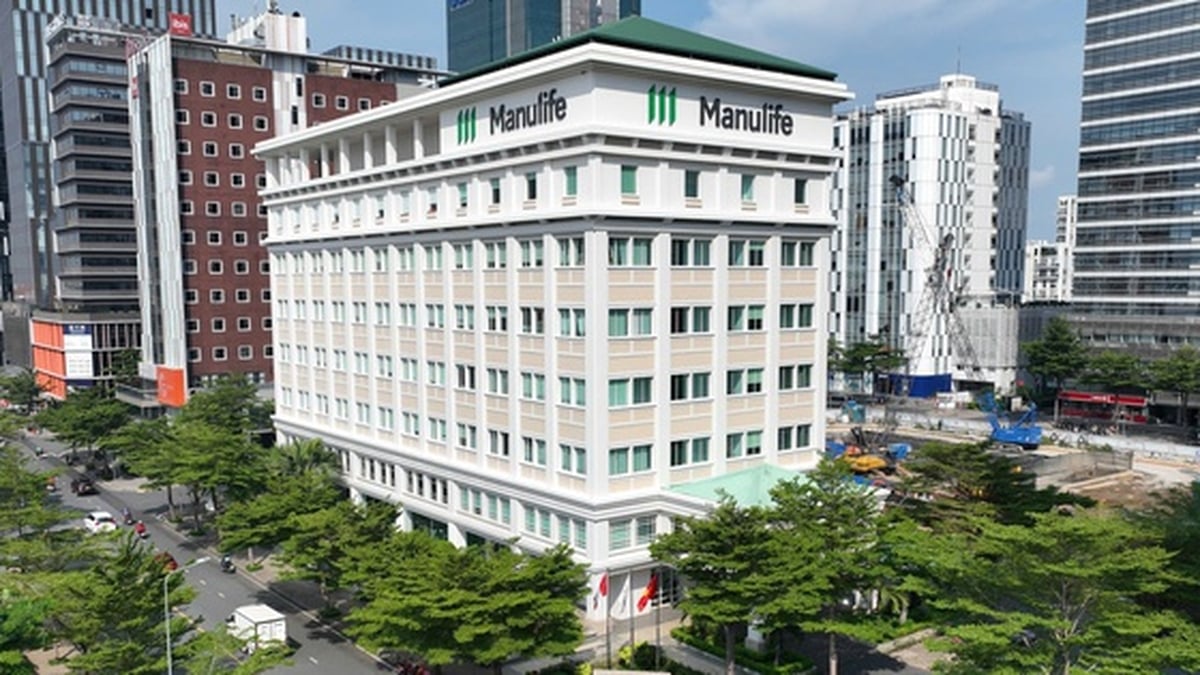


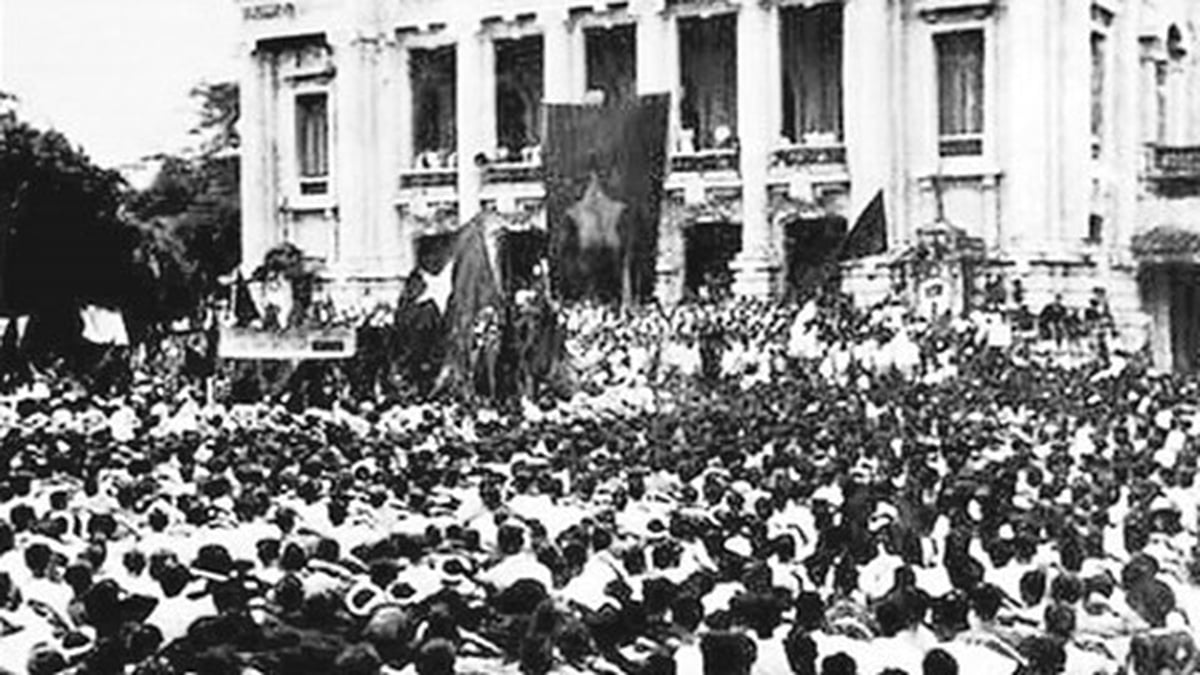

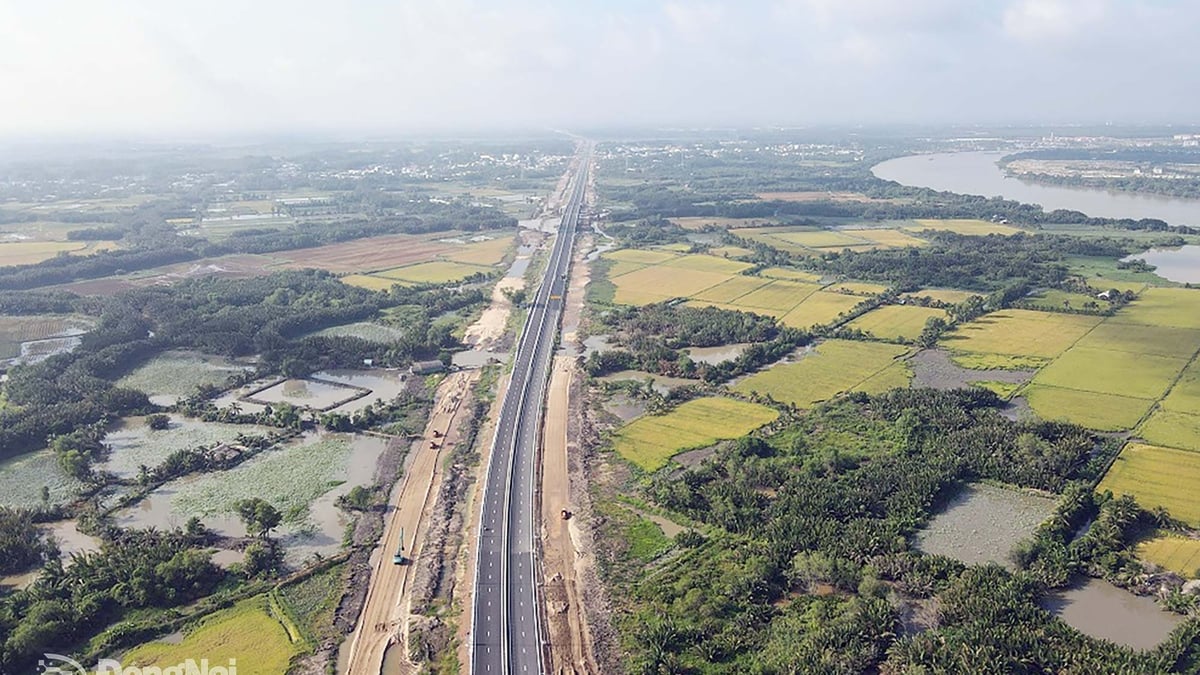












![[Photo] General Secretary To Lam and President Luong Cuong attend the handover ceremony of the Presidential Office Headquarters](https://vphoto.vietnam.vn/thumb/1200x675/vietnam/resource/IMAGE/2025/8/19/a37cfcbd301e491990dec9b99eda1c99)
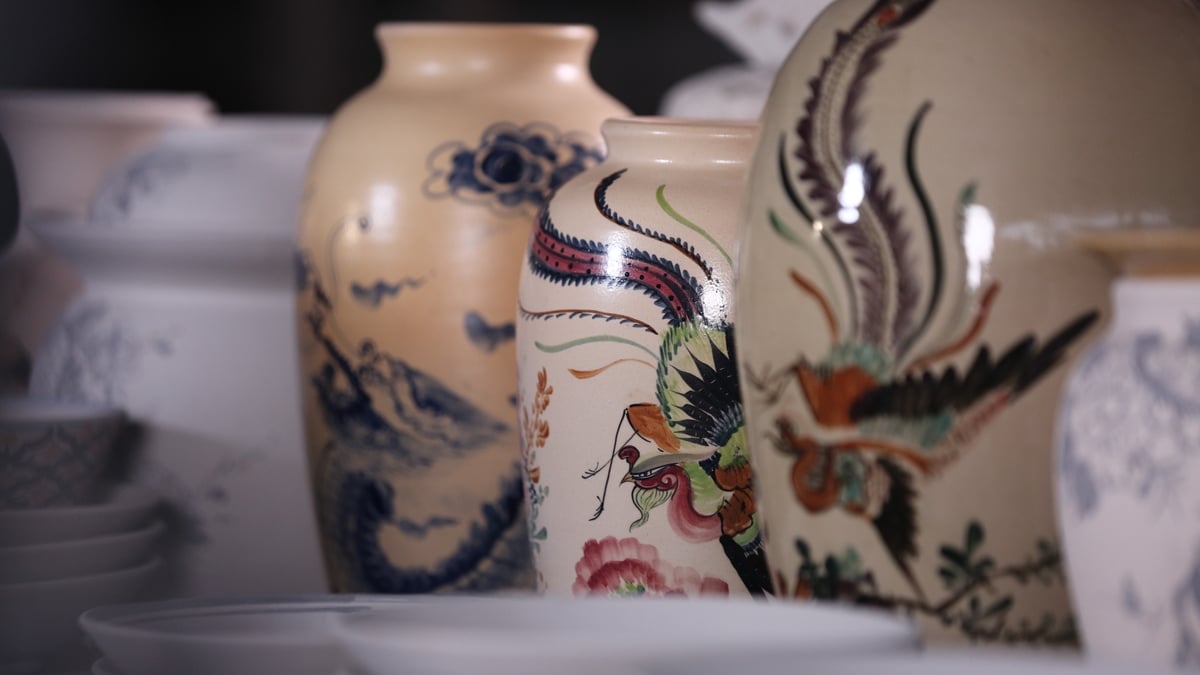
![[Photo] Prime Minister Pham Minh Chinh attends the opening ceremony of the National Data Center](https://vphoto.vietnam.vn/thumb/1200x675/vietnam/resource/IMAGE/2025/8/18/b5724a9c982b429790fdbd2438a0db44)
![[Photo] Close-up of the first International Financial Center building in Ho Chi Minh City](https://vphoto.vietnam.vn/thumb/1200x675/vietnam/resource/IMAGE/2025/8/19/3f06082e1b534742a13b7029b76c69b6)

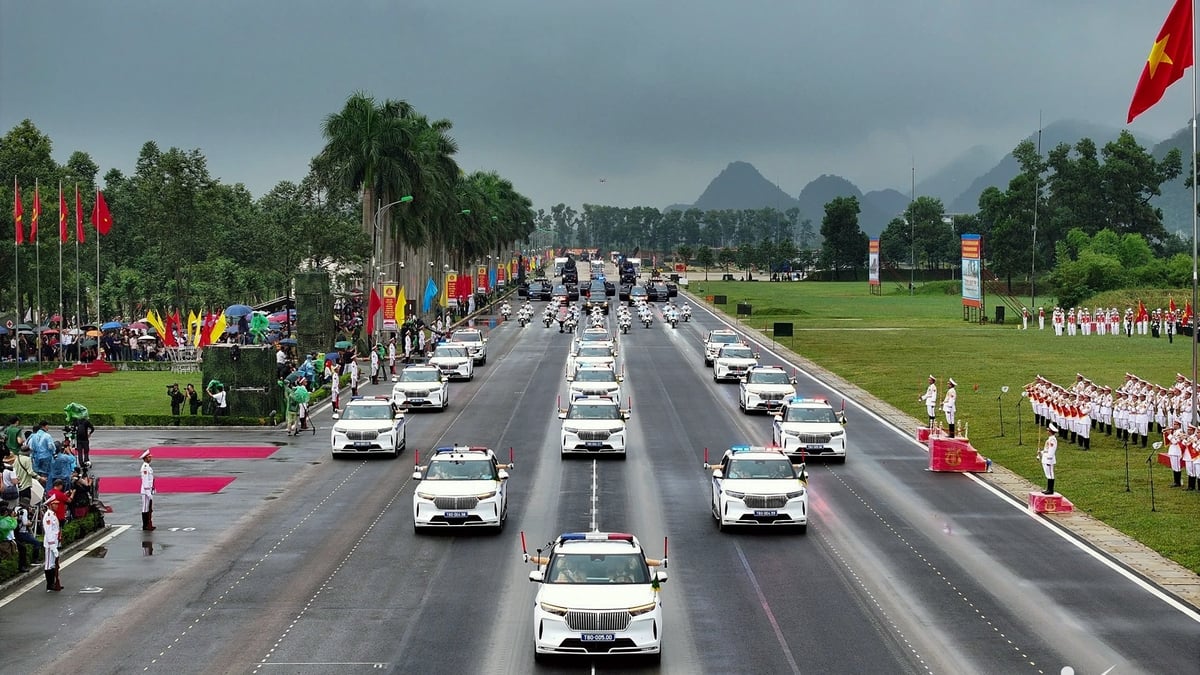
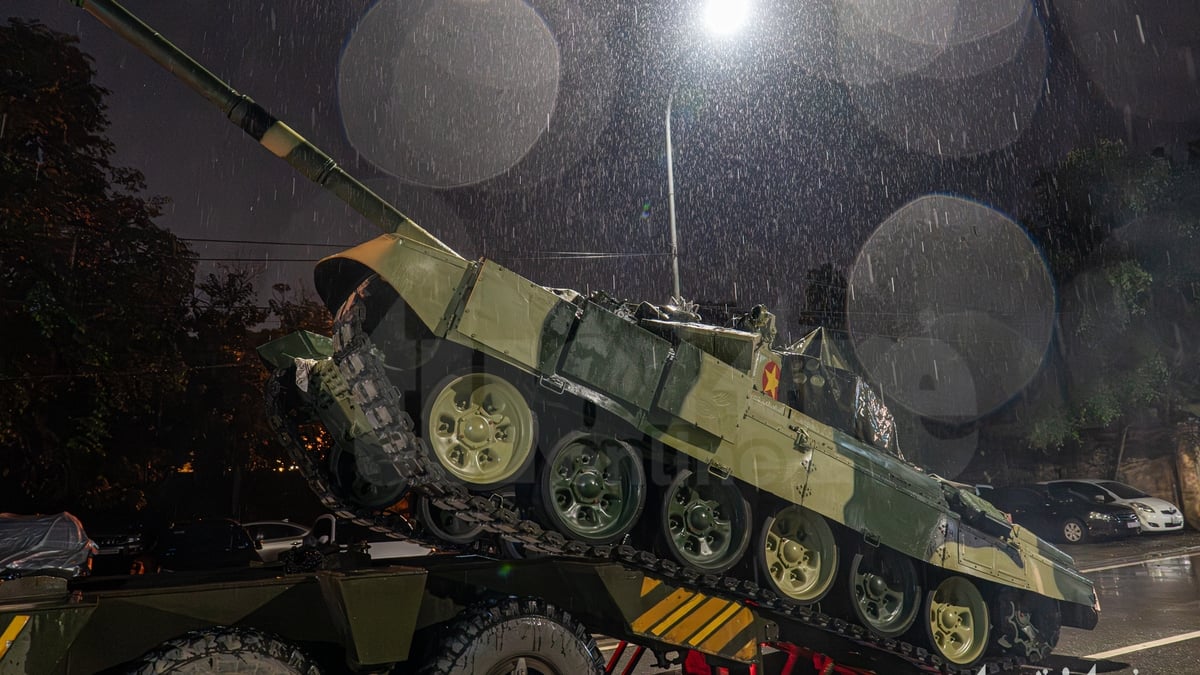

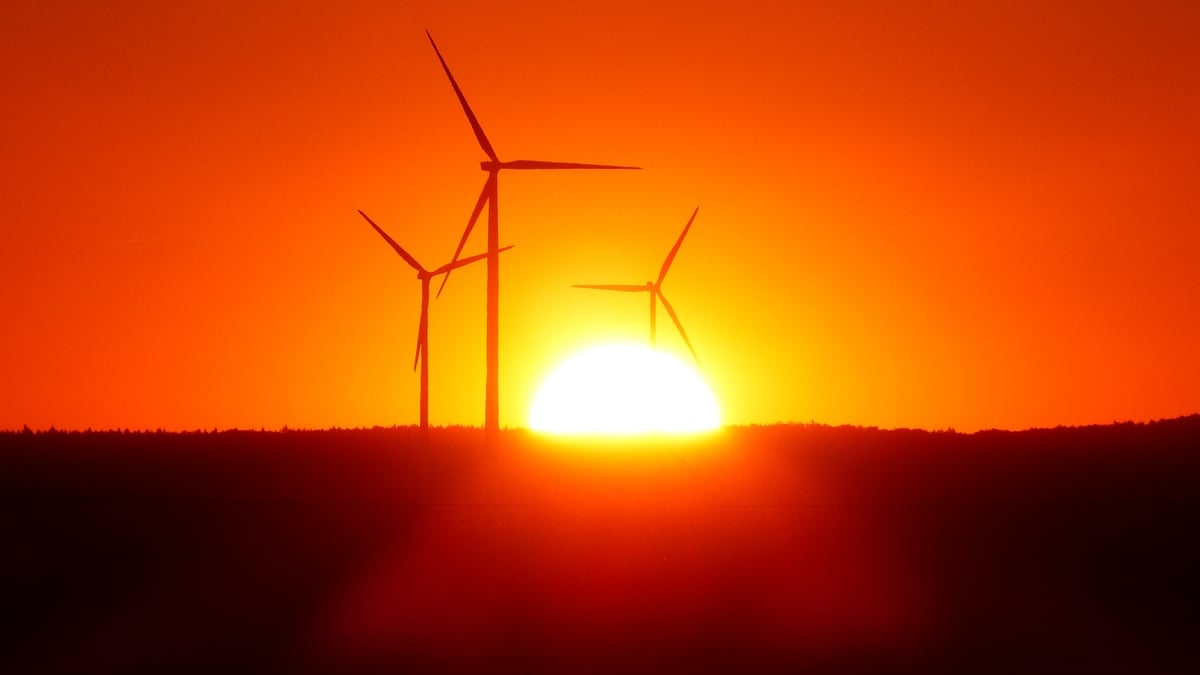
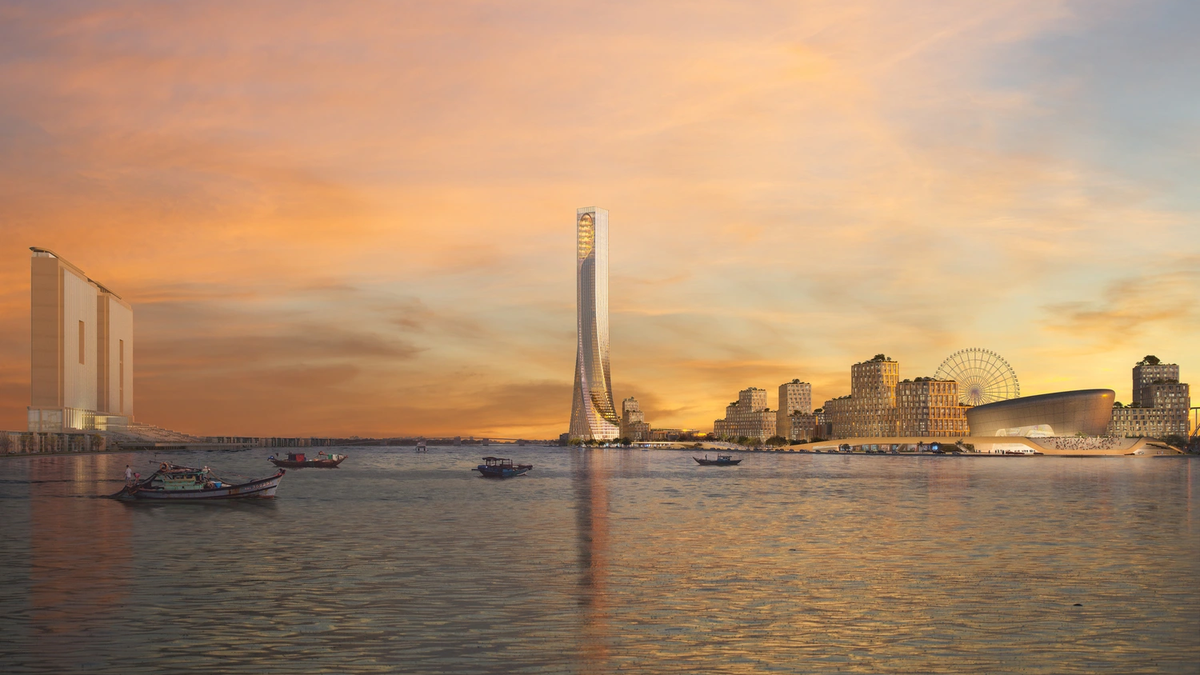
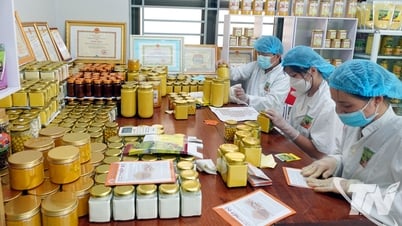



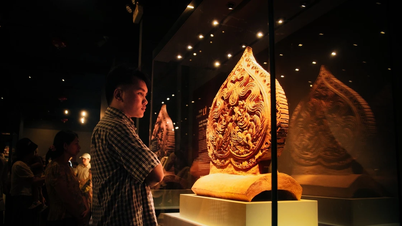





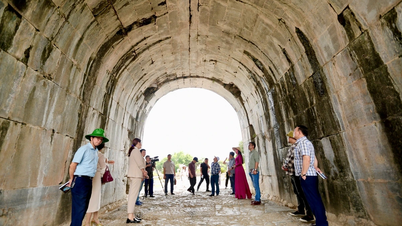













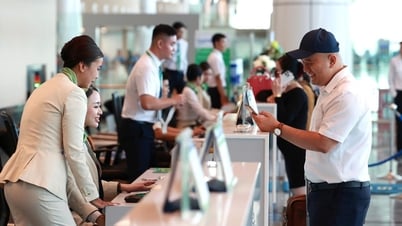


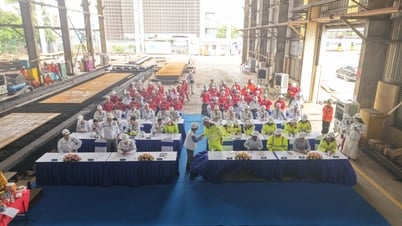
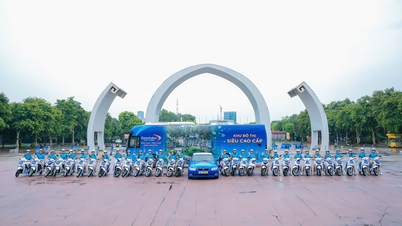
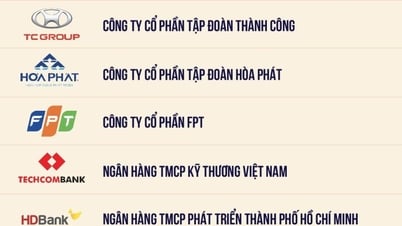






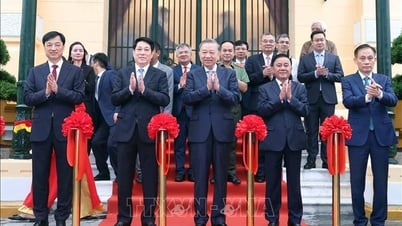









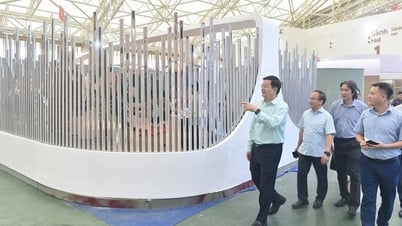











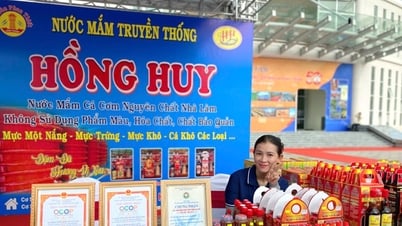










Comment (0)